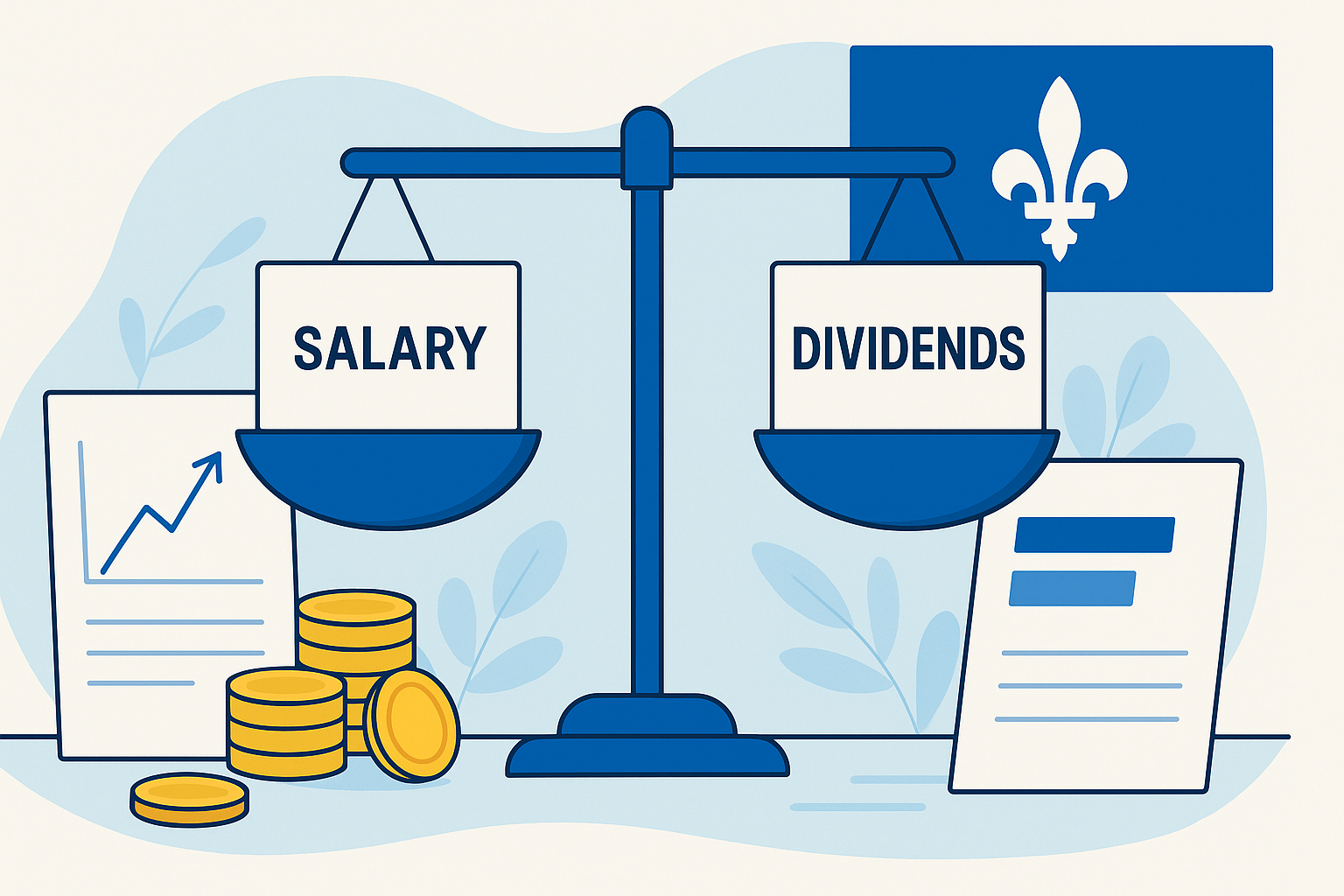For many Québec families, the cost of childcare can be substantial. Thankfully, both the federal and provincial governments offer tax relief in the form of childcare expense deductions. In this guide, we’ll explain how Québec parents can claim these expenses on their tax returns—with practical examples to help you maximize your savings.
Understanding the Basics: What Counts as a Childcare Expense?
At both federal and provincial levels, eligible childcare expenses include:
- Daycare centers and home daycare providers
- Nursery schools and preschools
- After-school programs
- Day camps and sports camps (for children under 16)
- Caregivers like nannies or babysitters (non-relatives only)
- Boarding schools or overnight camps (with limits)
The expense must be incurred to allow you (and/or your spouse) to work, run a business, attend school, or do research.
Federal Childcare Expense Deduction
Understanding Childcare Expense in Québec
The Canada Revenue Agency (CRA) allows you to deduct eligible childcare expenses from your income on your federal tax return (using form T778).
Key Rules:
- The lower-income spouse must generally claim the deduction.
- Maximum annual deduction per child:
- $8,000 for children under 7
- $5,000 for children aged 7 to 16
- $11,000 for children with disabilities
Example:
Caroline and Marc have a 4-year-old child in daycare. Caroline earns $38,000 per year, and Marc earns $65,000. Since Caroline has the lower income, she claims the childcare expense.
If they paid $9,000 for daycare in 2024, Caroline can deduct $8,000 (the maximum allowed federally for a child under 7), potentially saving $1,200–$2,000 in taxes depending on her marginal rate.
Québec Childcare Deduction (Revenu Québec)
In addition to the federal deduction, Revenu Québec offers a refundable tax credit for childcare expenses, which is even more generous for many families.

Childcare Expense
How it Works:
- The credit is calculated as a percentage of your eligible expenses.
- It ranges from 26% to 78%, depending on your family income.
- There’s no requirement for the lower-income spouse to claim it.
- The maximum annual eligible expense amounts are the same as federal:
- $8,000 for kids under 7
- $5,000 for ages 7 to 16
- $11,000 for kids with disabilities
Example:
Let’s say Caroline and Marc have a combined family income of $50,000 and paid $9,000 in daycare.
Under Québec’s tax credit:
- They can claim $8,000 (the max).
- Their credit rate (based on income) is 70%.
- This results in a $5,600 refund directly from Revenu Québec—even if they paid no income tax.
This refundable credit makes Québec’s system one of the most generous in Canada.
How to Claim the Deductions
Federal:
- Complete Form T778 (Child Care Expenses Deduction) and include it with your return.
- You must provide the name, address, and SIN (if applicable) of the caregiver or daycare.
Québec:
- Complete Schedule C of your provincial return.
- If you used a recognized childcare provider (e.g., a CPE or licensed daycare), you’ll get a RL-24 slip, which must be submitted with your return.
Special Situations
- Shared custody: Each parent can claim expenses for the time they had custody.
- Multiple children: Each child has their own maximum deduction limit.
- Self-employed or studying: Additional flexibility is granted under both tax systems for parents who are students or entrepreneurs.
Final Tips
- Keep all receipts and RL-24 slips.
- Compare both systems to see your full tax savings.
- Use online tax calculators to simulate your deduction and refund.
- Consider consulting a professional for complex situations.
Conclusion
Both the federal and Québec tax systems offer robust support for families dealing with childcare costs. By understanding the rules and claiming all your eligible expenses, you could reduce your tax bill by thousands of dollars each year. Don’t leave that money on the table—take full advantage of the programs available!



